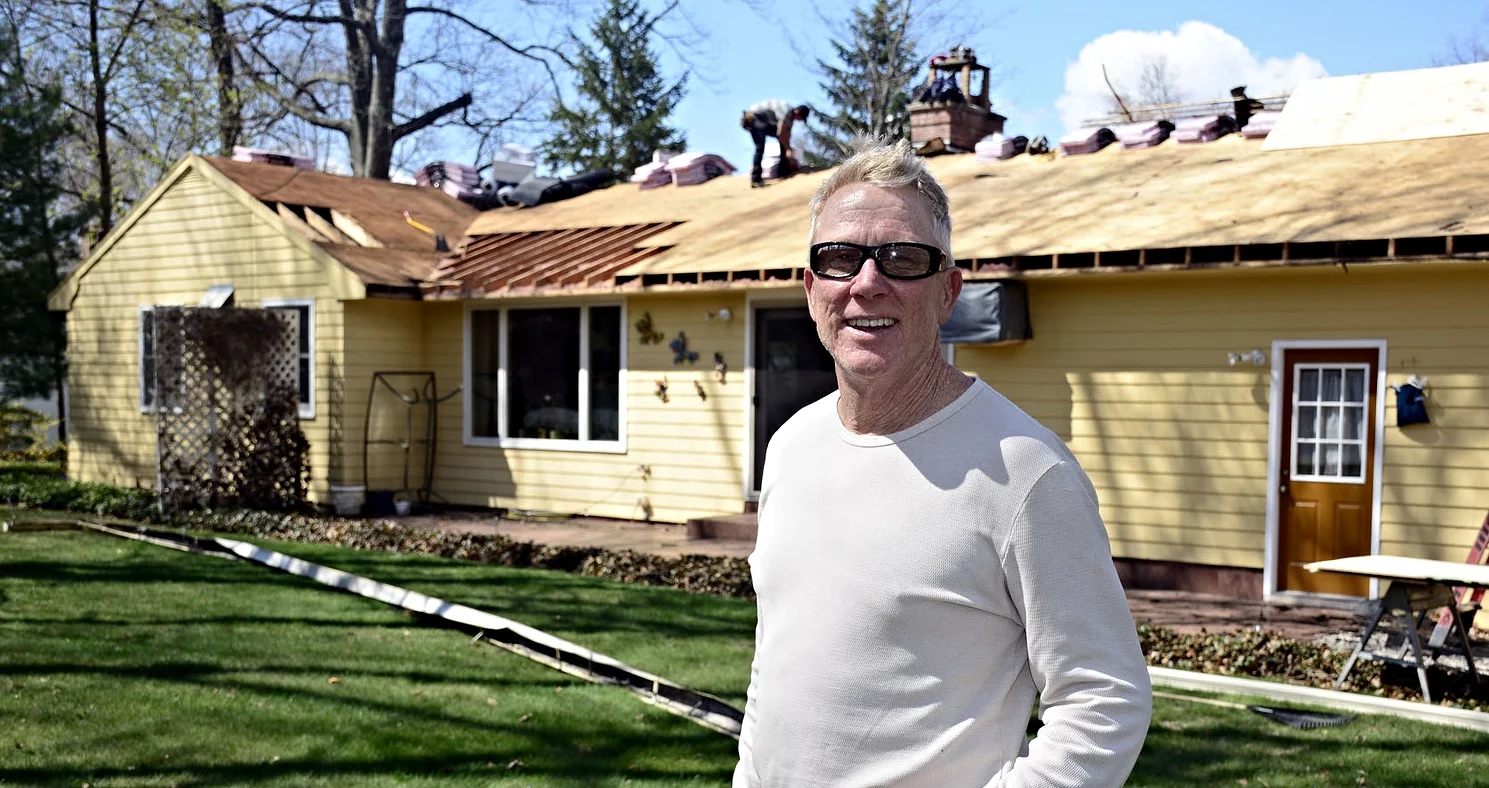Get the Garden Ready for Early Spring Planting
Chelsea O'Donnell
It might not feel like the first week of spring but with winter technically behind us, now is a great time to start preparing the garden for warmer weather. While most people think the cold ground is too brutal for plantings to handle, there are a handful of hearty veggies that can thrive in the early spring. Let’s get the growing season started with these tips.
First, you need to prepare your beds or planters so your seeds can thrive. Once the soil is dry, you can start to turn it, but only if it crumbles in your hand. If soil sticks together like glue, you should wait or you’ll risk destroying the structure. You can topdress beds with compost to give the soil a nutrient boost when the time is right.
Once the soil is ready, it’s time to get planting. If you’re Irish, you know the old tradition of planting peas on St. Patrick’s Day for good luck. I don’t mind waiting a few more weeks, especially with the late snow we’ve had, but getting them into the ground before April 1st is a must. They don’t call them spring peas for nothing!
After your peas, you can start to lock in other cold-tolerant vegetables such as broccoli, cabbage, and cauliflower. You’ll need to ensure they are protected, but getting them into the ground early is a good idea as they’ll get a headstart before the onslaught of pesky bugs and rodents. Radishes, spinach, and lettuce varieties are good spring plants too as they can generally survive a late-season frost.
If you have an indoor gardening facility, now is also a great time to get tomatoes, eggplants, and peppers started. The seeds can’t take the outdoors yet, but getting them ready to bask under fluorescent lights will ensure that you have a healthy harvest come summer.
As for other gardening jobs, late March is a good time to begin pruning apple trees, shrubs, and rose bushes. Deciduous trees and shrubs can be planted and once we have a good dry spell with no snow, the lawn can be aerated. If you’re desperate for some color in the yard, spring-blooming pansies are a good pick for planters or beds since they do well in the colder weather and come in nearly every color imaginable. Daffodils and crocus are also popular and will make a nice backdrop for a neighborhood Easter egg hunt.
Remember, getting in the garden during the first week of spring might seem tempting, but starting too early can set you up for a disappointing harvest come summer. Consult with your local gardening expert to ensure that the ground is ready for planting and use this time to get your soil in tip-top shape to ensure your plantings can survive and thrive this season. Happy Spring!
Bob O'Donnell is the owner of O'Donnell Bros, Inc., a Bristol-based home improvement company established in 1975. Email your questions for Bob to info@odonnellbros.com with the subject line “Ask the Pro”. All questions may be considered for publication. To contact Bob for your remodeling needs, call O'Donnell Bros, Inc. at (860) 589-5155 or visit www.odonnellbros.com. Advice is for guidance only.
